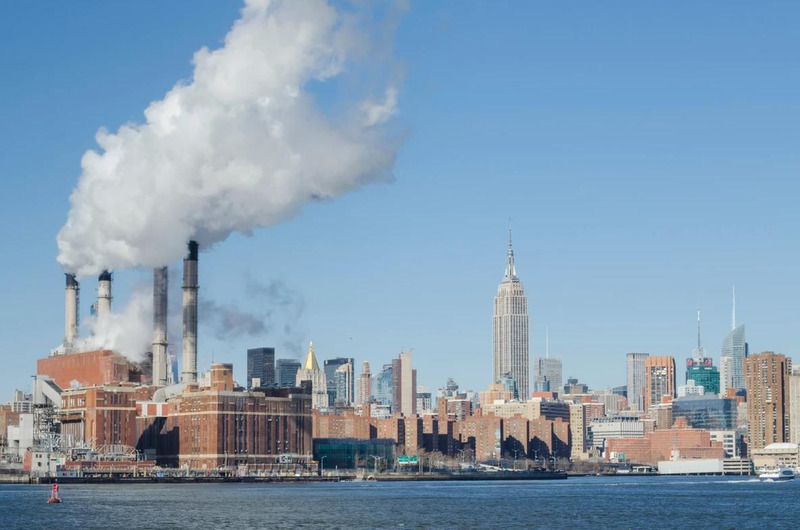Climate change can definitely be overwhelming. The science behind it is complex and real solutions require action on a global scale, but there are choices you can make in your day-to-day life to lessen your personal impact on the environment. Let’s have a look at some of them.
First, what is a carbon footprint?
A carbon footprint is the total amount of greenhouse gas emissions that come from the production, use and end-of-life of a product or service. It includes carbon dioxide — the gas most commonly emitted by humans — and others, including methane, nitrous oxide, and fluorinated gases, which trap heat in the atmosphere, causing global warming.
So, what does that have to do with us? Well, usually the bulk of an individual’s carbon footprint will come from transportation, housing and food.
This means that environmentally friendly lifestyle changes really can make an impact. Let’s check out some of the most common recommendations.

Practical ways to reduce your footprint:
Flying Less
Research from The Guardian has found that one long-haul flight can produce more carbon emissions than the average citizen produces in a year in a number of countries.
For example, a long-haul return flight from London to New York produces around 986kg of CO2 per passenger, more than the annual carbon emissions of citizens in 56 countries, including Burundi and Paraguay.
Drive Less – Or Switch to Electric
An average car produces about five tons of CO2 each year (although this varies according to the type of car, its fuel efficiency and how it’s driven). Making changes in how you get around can significantly cut your carbon budget.
Walk, take public transportation, carpool, rideshare or bike to your destination when possible. This not only reduces CO2 emissions, but it also lessens traffic congestion and the idling of engines that accompanies it.
Clothing
Try not to buy fast fashion. Trendy, cheap items that go out of style quickly get dumped in landfills where they produce methane as they decompose.
Currently, the average American discards about 80 pounds of clothing each year, 85 percent of which ends up in landfills. In addition, most fast fashion comes from China and Bangladesh, so shipping it to the U.S. requires the use of fossil fuels. Instead, buy quality clothing that will last.
Buy vintage or recycled clothing at consignment shops instead!
Washing your clothes in cold water also makes a big difference. The enzymes in cold water detergent are designed to clean better in cold water. Doing two loads of laundry weekly in cold water instead of hot or warm water can save up to 500 pounds of carbon dioxide each year.
Food
Choose organic and local foods that are in season. Transporting food from far away, whether by truck, ship, rail or plane, uses fossil fuels for fuel and for cooling to keep foods in transit from spoiling.
Try your best to buy food in bulk when possible using your own reusable container and reduce your food waste by planning meals ahead of time, freezing the excess and reusing leftovers.
Carbon offset The Emissions you Can’t Reduce
A carbon offset is an amount of money you can pay for a project that reduces greenhouse gases somewhere else. If you offset one ton of carbon, the offset will help capture or destroy one ton of greenhouse gases that would otherwise have been released into the atmosphere. Offsets also promote sustainable development and increase the use of renewable energy.

The Carbon Offset Company offers individuals easy options to autopilot your carbon offset and live your life carbon-neutral!
We partner with individuals and businesses to plant trees across the globe! Tree planting reaches far beyond carbon reduction. They provide homes for wildlife, and in areas like Madagascar, the crab and fish populations provide additional food sources and income for the locals.
In addition to the environmental benefits, we employ people from local communities. This extends our impact far beyond environmentalism. These are the building blocks of a long-lasting and sustainable restoration project.
